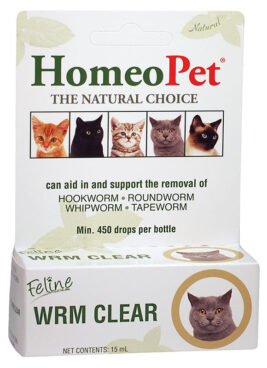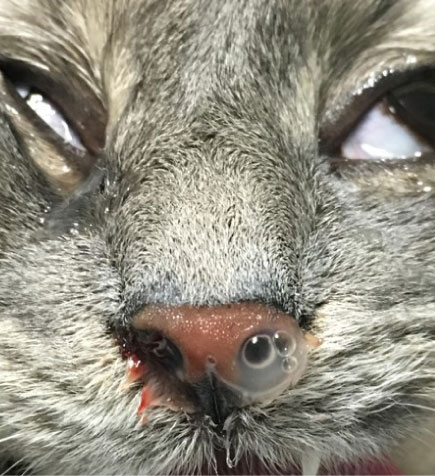cat nasal polyps symptoms
She suggested a CT scan for and to see a specialist to come up with a plan which involves lotsa. What causes nasopharyngeal polyps.
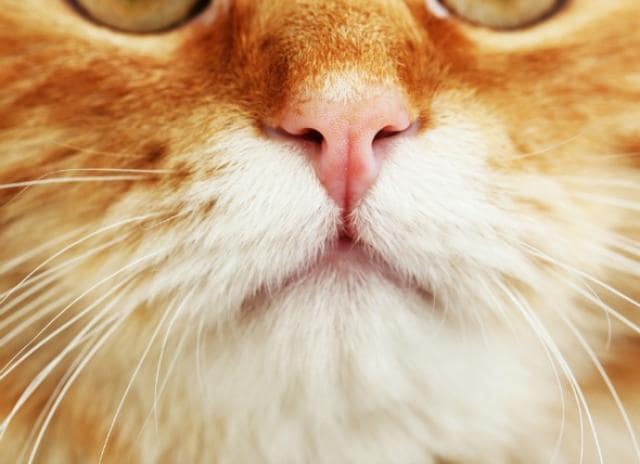
Nasal Discharge In Cats Runny Nose In Cats Petmd
In some cases these signs may be accompanied by a phenomenon called reverse sneezinga sudden alarming honking sound that the frustrated cat makes in an apparent effort to clear its throat.

. Affected cats may have trouble breathing. Symptoms can affect the nose sinuses eyes face and brain. If the polyp has extended into the ear signs may include pawing at the ear head shaking head tilt or discharge from the ear.
Many of the same symptoms as nasal polyps. Generally polyps are fast and uncomplicated to treat. She said it could be a congenital abnormality or a mechanical obstruction whatever that is.
Nasal polyps are associated with irritation and swelling inflammation of the lining of your nasal passages and sinuses that lasts more than 12 weeks chronic sinusitis. They are benign growths. The ear polyps manifested as a clear discharge from the ear and rubbing the affected left ear.
As the cancer progresses and the cells spread or grow the severity of the symptoms will increase making them more obvious. A change in voice. The clinical signs of nasal polyps can vary depending on the location of the polyp.
Also check their bedding and blankets for nasal discharge. Choose a cancer type. A simple allergy can determine whether you are allergic to a specific animal type.
The symptoms caused by nasal polyps can mimic illness but do not respond to antibiotic therapy. Labored and noisy breathing nasal discharge head shaking sneezing difficulty in swallowingall of these clinical signs suggest that a cat is harboring an upper respiratory problem. At first the cats will have no clinical signs unless drainage from the middle ear is blocked.
Small eye pupils even without exposure to bright lights. This will allow a deep ear canal exam and for the mouth nasal cavity and area above the soft palate to be examined. Easy-to-reach nasopharyngeal and ear polyps can be removed using gentle steady traction on the mass of tissue with the cat under general anaesthetic.
Refusal to drink or eat. Nasal discharge may be. There is often a rapid improvement in the signs it showed before the.
Common symptoms of nasal polyps in cats may include the following. Noisy breathing especially when inhaling. Polyps in the middle ear can affect your cats balance and can lead to ear infections that are difficult to treat or keep coming back.
Nasal discharge is the most common clinical sign of a nasal tumor. The signs of nasal polyps often mimic an upper respiratory infection however these signs may persist with little response to medical therapy. If nasal polyps grow from the ear canals or middle ear head shaking loss of balance excessive ear scratching and head tilt can be observed from affected feline patients.
Some affected cats may paw at their face have deformity of the nose or only be able to breathe through the mouth. Rarely cats can experience loss of balance and different pupil sizes. However its possible to have chronic sinusitis without nasal polyps.
Although nasopharyngeal polyps can occur in any age cat they are often seen in young adult cats. Discharge may be from one side of the nose unilateral or from both sides bilateral. Though technically benign ie not having the tendency to spread or worsen appreciably nasopharyngeal polyps can cause big problems for cats.
If your vet suspects a polyp they may recommend an exam under sedation or anesthesia. Injury symptoms vary depending on the type and severity of the injury itself. The discharge may contain mucous pus and blood.
Symptoms commonly seen in cats with nasal polyps are sneezing nasal discharge reverse sneezing snoring and breathing difficulties. Difficulty breathing Figure 1. If your cat develops nasal polyps he may have varying symptoms.
The vet said the possibility of nasal polyps is possible but highly unlikely due to his age at only 5 months old. Nasal polyps in the ear can contribute to recurrent bacterial infections of the ear. Nasopharyngeal polyps impact your cats breathing.
The discharge may be clear or have some blood in it. The type of polyp that occurs in the ears and nose of a cat is an inflammatory polyp- this means it is composed. With both cats nasal congestionpost-nasal drip were the symptoms for the nasal polyps.
Drooping of the eyelid. Symptoms of Nasal Polyps in Cats. When the polyp becomes large enough cats may develop signs such as.
Nasal discharge especially when not responsive to antibiotics Inflammation of the ear canal. Nasal Squamous Cell Carcinoma in Cats. Naso-pharyngeal polyps are the most common masses that are seen in the external ear canal in cats.
Cats are quick to lick their noses so close attention to your pet is necessary when you first notice a runny nose. Its normally a very short procedure and the cat recovers quickly. Sneezing nasal discharge gagging voice change and.
The cause of nasopharyngeal. Other signs of polyps may include dizziness and a head tilt for otic polyps or sneezing for nasal polyps. The odor from the ear.
If this occurs the cat develops nasal discharge and sneezing. Polyps in the back of your cats throat could cause snoring difficulty breathing and problems swallowing. If your cat develops nasal polyps he may have varying symptoms depending on the location of the polyps.
Nasal Pharyngeal Polyps in Cats. Common early symptoms will include nasal stuffiness runny nose and sneezing which can all be linked to many common and minor illnesses. Nasal cryptococcosis can lead to difficulty breathing weight loss loss of appetite or problems with a cats ears and balance.
Otitis externa inflammation of the skin on the outer ear Ear infection. Nasal discharge that is unresponsive to antibiotics. Horners syndrome drooping of the eyelid constricted pupil sunken eye and appearance of the third eyelid.
Rapid shallow breathing tachypnea Sneezing. Signs Symptoms and Diagnosis of Hyperthyroidism in Cats. They are usually diagnosed in animals under the age of two and cause symptoms that include some combination of the following.

Nose And Sinus Inflammation In Cats Petmd
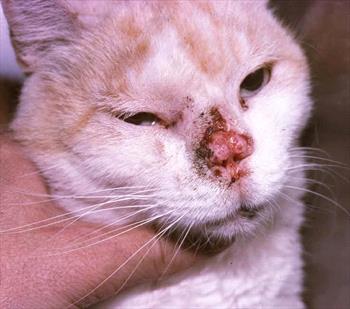
Nasal Squamous Cell Carcinoma In Cats Veterinary Partner Vin

My Cat Has A Swollen Nose Causes And Treatments
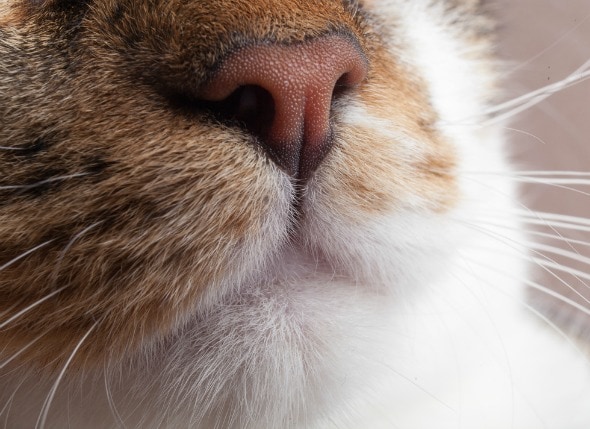
Pink Growths In The Nose And Pharynx In Cats Petmd
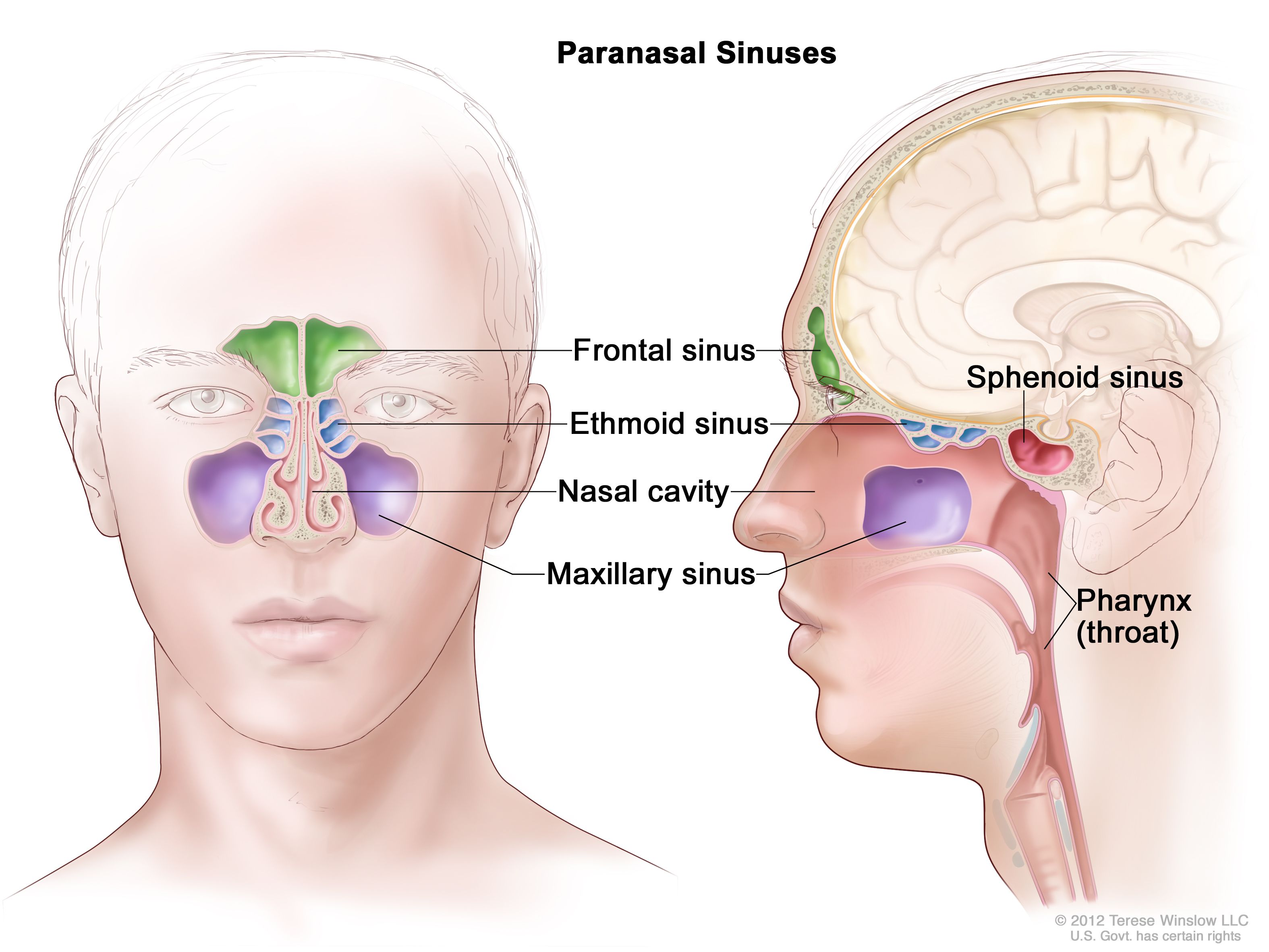
Paranasal Sinus And Nasal Cavity Cancer Treatment Adult Pdq Patient Version National Cancer Institute

Pin On Know Your Lemons Hindi ह द
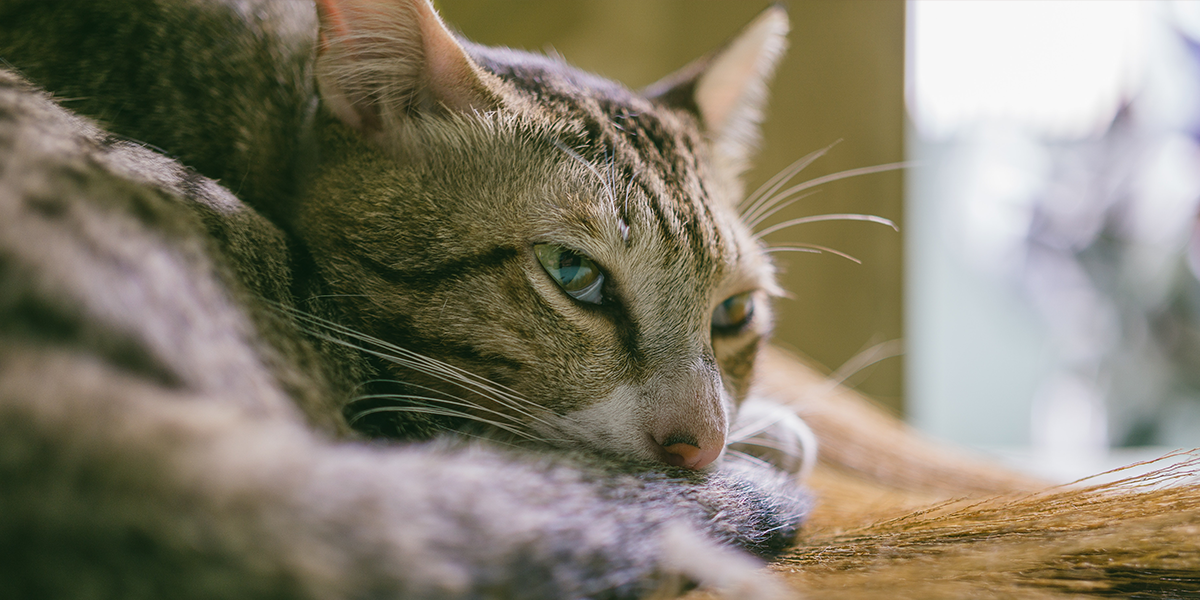
Chronic Upper Respiratory Tract Disease International Cat Care

Astepaway New Search Experience Acute Sinusitis Sinusitis Allergic Fungal Sinusitis
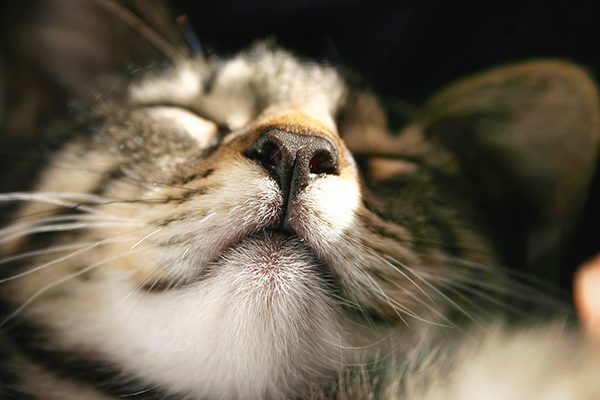
Learn About Nasal Cancer In Cats Petcure Oncology
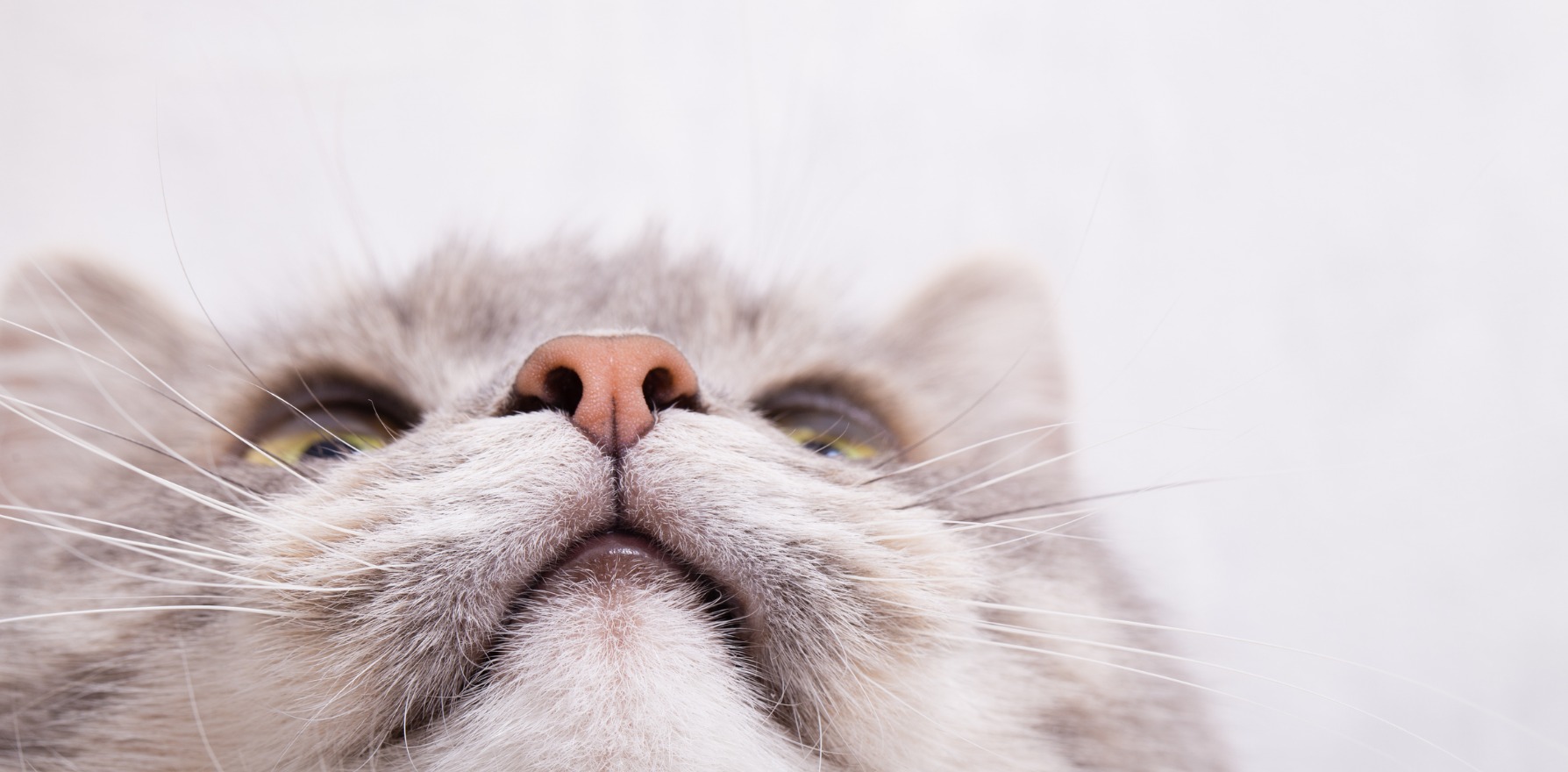
Drug For Nasal Polyps Gets Tga Green Light The Medical Republic

Ear Infections In Cats Otitis Externa Ear Infection Otitis Externa Otitis

Pink Growths In The Nose And Pharynx In Cats Petmd

Asthma Attack Without Inhaler You Can Find Out More Details At The Link Of The Image Asthma Attacks Asthma Treatment Asthma
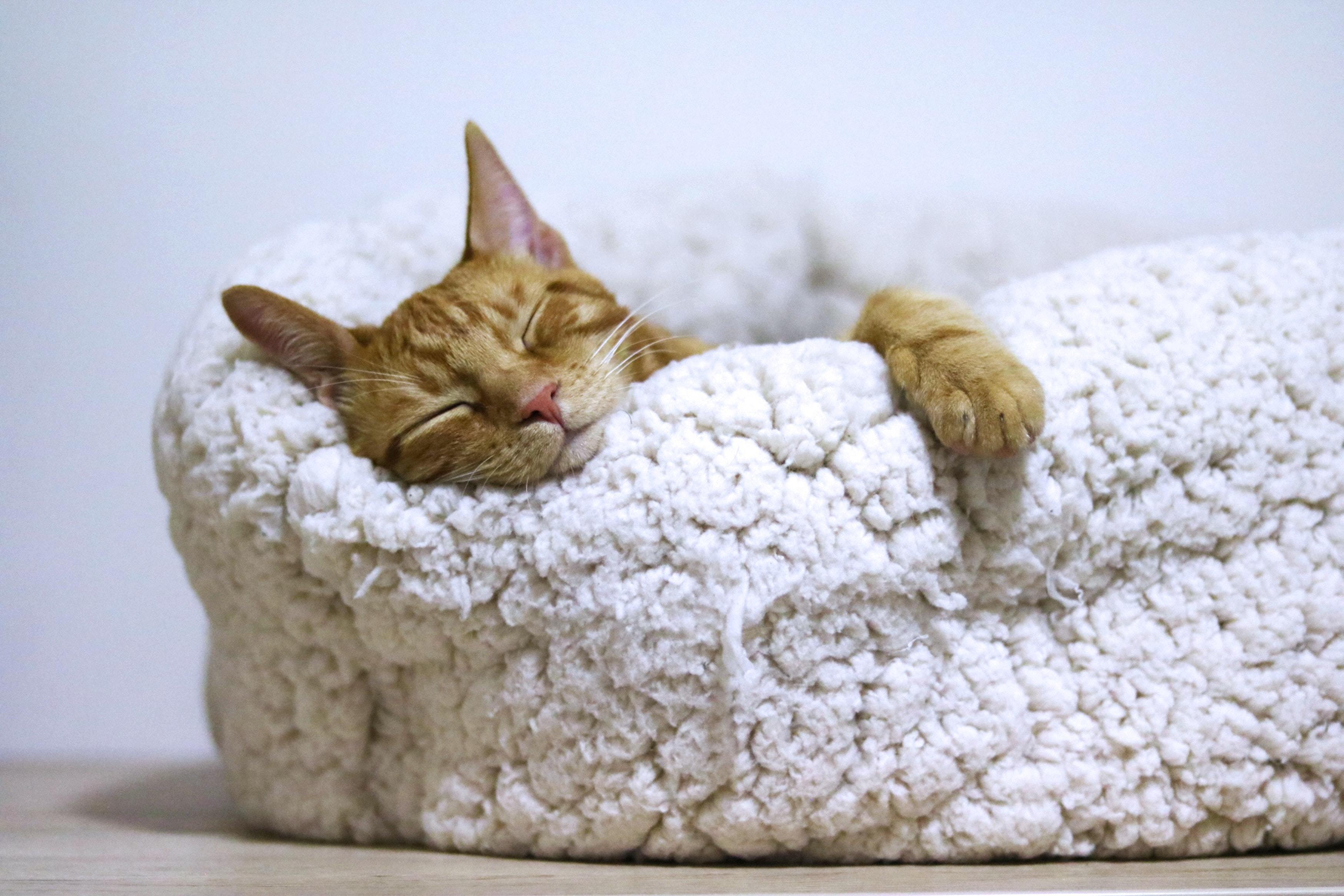
Symptoms Of Nasal Polyps In Cats Firstvet

Nasal Allergy Archives Homeopathy At Drhomeo Com Nasal Allergies Sinusitis Homeopathy
